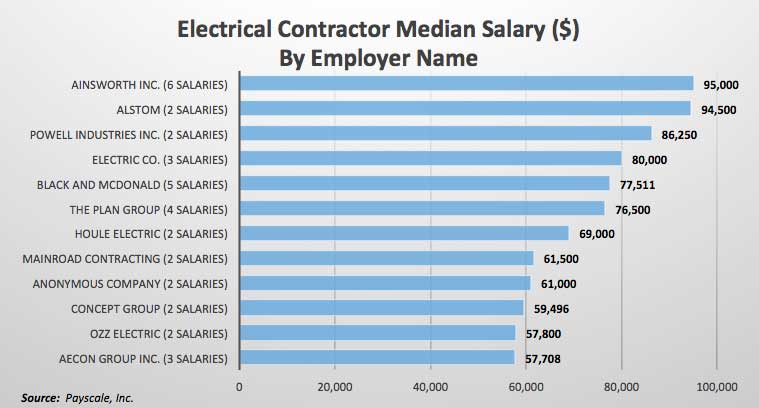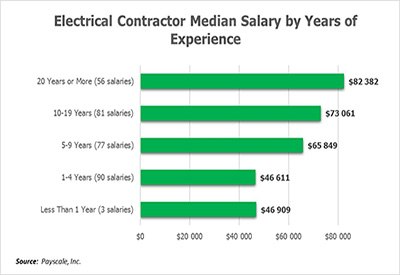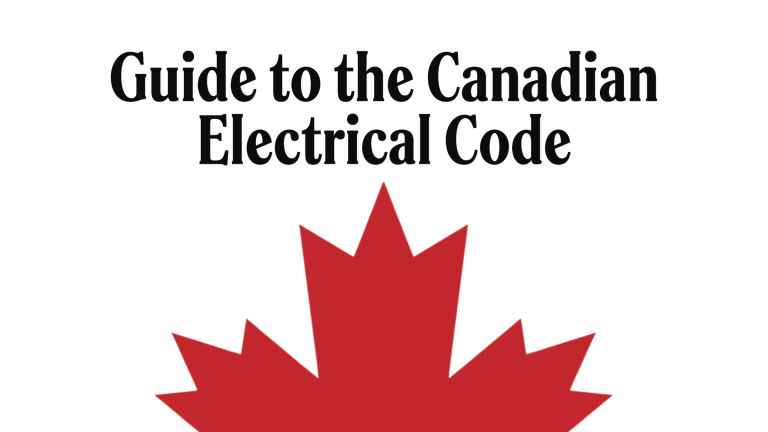Guide to the Canadian Electrical Code, Part 1 – A Road Map: Section 52

December 8, 2021
By William (Bill) Burr[i]
The Code is a comprehensive document. Sometimes it can seem quite daunting to quickly find the information you need. This series of articles provides a guide to help users find their way through this critical document. This is not intended to replace the notes in Appendix B or the explanations of individual requirements contained in the CEC Handbook**, but will hopefully provide some help in navigating the Code.
Section 52 — Diagnostic imaging installations (Note: Sections 48 and 50 have been deleted from the Code)
Rule 52-000 Scope – states that Section 52 is a supplementary or amendatory section of the code and applies to the installation of X-ray and other diagnostic imaging equipment operating at any frequency but does not provide any specifications for safeguards against radiation. Information on radiation safeguards is contained in the series of Health Canada Safety Codes for radiation protection.
Rule 52-002 provides some special terminology for this section, and defines momentary and long-term ratings of 20 seconds and 5 minutes respectively for operation of applied x-ray and computerized tomography equipment.
Rule 52-004 provides guidelines for guarding of high-voltage parts, and requires that high-voltage parts be contained within bonded to ground metal enclosures, or within separate rooms or enclosures where a circuit control switch controlling the diagnostic imaging equipment is interlocked, to be open when the door is open and unlocked, and be insulated from the enclosure. In addition, high-voltage circuit conductors must be of the shockproof type. If a milliammeter is provided, it must be either connected in the lead that is bonded-to-ground, or guarded, if connected in the high-voltage lead.
Rule 52-006 permits mobile diagnostic equipment, and permanently connected diagnostic equipment on a 30 amp or less branch circuit, to be supplied with a plug and hard-usage cable or cord.
Rule 52-008 specifies that a disconnect must be placed in the supply circuit in a location accessible from the radiation control of the diagnostic equipment. The rating of the disconnect for X-ray or computerized tomography equipment is based on 100% of the power input required for the long-time rating of the equipment, or 50% of the power input required for the momentary rating of the equipment, whichever is greater. For equipment on a 120volt, 30amp circuit, the required disconnect may be a receptacle and plug of the appropriate size.
Rule 52-010 exempts transformers and capacitors, forming part of diagnostic imaging equipment, from the requirements of Section 26. This equipment must comply with the CEC Part II product standard for the equipment. Capacitors must be provided with a means for automatically discharging and grounding the plates when the supply is disconnected. This is not required if the current-carrying parts of the capacitors and conductors are located 2.5 meters or more above the floor and accessible to only authorized persons, or, if located within 2.5 meters of the floor, within:
- metal enclosures that are bonded to ground, or
- enclosures of insulating material.
Rule 52-012 provides for protection where step-up transformers are used for diagnostic equipment. The low-voltage circuit of the step-up transformer is required to have an overcurrent device with no exposed live parts, installed as part of or adjacent to the equipment that protects the high-voltage radiographic circuit from all fault conditions. Where the above overcurrent device is too large to protect other fluoroscopic or therapeutic circuits on the equipment, additional overcurrent protection needs to be installed to protect these circuits. In the case of portable equipment, the above requirements also apply, however an exemption can be applied if all high-voltage parts are enclosed in a single metal enclosure, bonded to ground. Where more than one apparatus is supplied by a common high-voltage source, other switches must be installed to independently disconnect each apparatus from the high-voltage source.
Rule 52-014 reiterates that all non-current-carrying parts of apparatus, including ancillary equipment, must be bonded to ground in accordance with the requirements of Section 10.
Rule 52-016 provides the requirements for determining ampacity of supply conductors and rating of overcurrent protection for diagnostic imaging equipment. For a single piece of equipment, use the larger of:
- the long-time current rating of the equipment, or
- 50% of the momentary current-rating required on a radiographic setting.
Note that this information is contained on the equipment faceplate.
Where more than one piece of diagnostic equipment is supplied, the rating of the supply conductors and overcurrent device is based on:
- The sum of the long time current ratings of all the equipment supplied by the circuit, or
- The sum of 50% of the maximum momentary current rating for the two largest units supplied, plus 20% of the maximum momentary current rating of the other units, when the equipment is on a radiographic setting.
In the next installment, we will be discussing Section 54 — Community antenna distribution and radio and television installations
Source: CSA C22.1:21, Canadian Electrical Code, Part 1 – Safety Standard for Electrical Installations. © 2021 Canadian Standards Association. Please visit store.csagroup.org. With the permission of CSA Group, material is reproduced from CSA Group standard CSA C22.1:21, Canadian Electrical Code, Part 1 – Safety Standard for Electrical Installations. This material is not the complete and official position of CSA Group on the referenced subject, which is represented solely by the Standard in its entirety. While use of the material has been authorized, CSA Group is not responsible for the manner in which the data are presented, nor for any representations and interpretations. No further reproduction is permitted. For more information or to purchase standard(s) from CSA Group, please visit store.csagroup.org or call 1-800-463-6727.
[i] William (Bill) Burr is an associate member of the Canadian Electrical Code, Part 1, Technical Committee and formerly Chair of the Canadian Advisory Council on Electrical Safety (CACES), Chief Electrical and Elevator Inspector for the Province of BC & the Northwest Territories, Director of Electrical and Gas Standards Development and Director of Conformity Assessment at CSA Group. Bill can be reached at Burr and Associates Consulting billburr@gmail.com.










![Guide to the Canadian Electrical Code, Part 1[i] – A Road Map: Section 52 — Diagnostic imaging installations](https://electricalindustry.ca/wp-content/uploads/2022/11/Guide-CE-Code-2.png)






